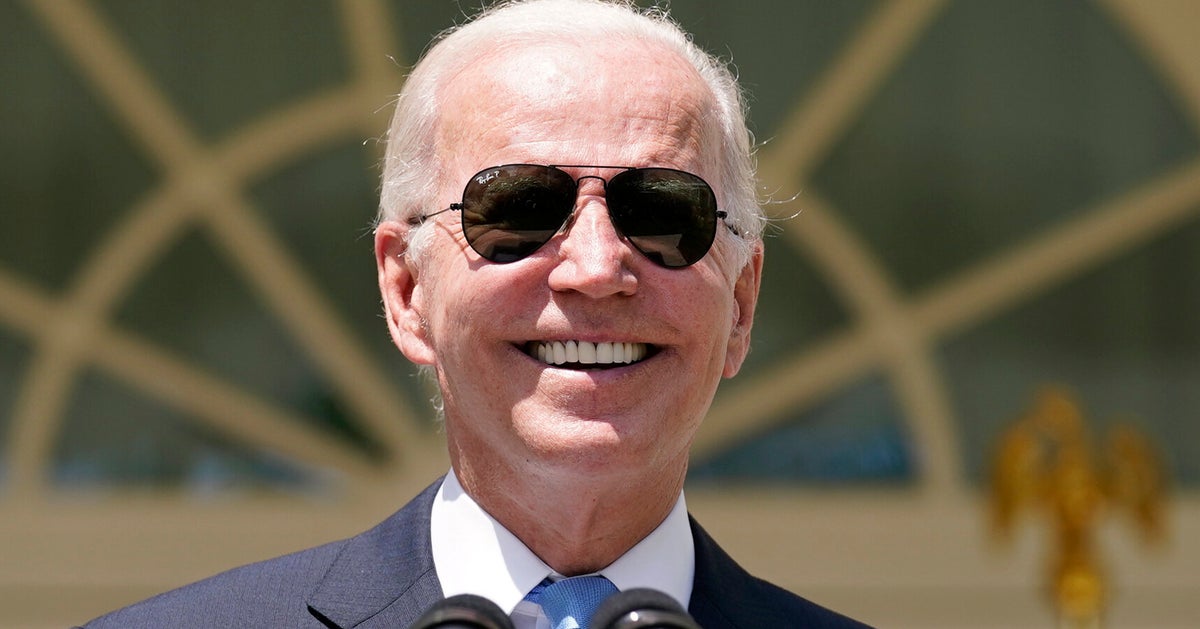
President Joe Biden’s announcement that the Department of Education would be canceling student loan debt for some borrowers had a lot of people wondering on Wednesday whether they qualified. Americans quickly overloaded federal student aid websites ― and then turned to social media to commiserate.
So: Who is getting debt relief?
Biden’s plan targets people who took out federal student loans (not private loans) and currently make less than $125,000 individually, or less than $250,000 for dual-income households. If you earn more than that, you’re still on the hook.
People who received Pell Grants, a need-based type of student aid, can have up to $20,000 canceled. (“Up to” just means that if your outstanding balance is less than $20,000, you’ll have that amount wiped out.)
People who did not get a Pell Grant can have up to $10,000 canceled.
To check if you received a Pell Grant, log in to your Federal Student Aid account, the government website that tracks your federal student loans. You might use a different website to make payments because the government uses loan servicers ― companies like Nelnet ― to handle billing.
On the FSA site, there will be a chart illustrating the financial aid you received for college between “loans” and “grants.” You can click on “grants” to see the breakdown, including whether you had any Pell Grants.
What do you have to do to get this relief?
The Department of Education needs to have your income data on record. For some people who already have their information on file ― about 8 million borrowers ― the Biden administration says debt forgiveness will happen automatically.
But it’s probably a good idea to cover your bases and fill out the application regardless. It’s not available yet, but the administration says it will open a “simple application” form “in the coming weeks.”
An estimated 43 million student loan borrowers could benefit from the plan, the White House said Wednesday.
If you want to get email updates about the debt relief initiative, you can sign up on the Department of Education’s website. (Just tick the box that says “Federal Student Loan Borrower Updates.”)
What if you have remaining debt after the $10,000 or $20,000 cap?
Biden extended the pandemic-era freeze on student loan payments through the end of the year. If you still have a balance, you’ll have to start making payments again in January.
But there will probably be some changes. The Biden administration has proposed a new rule that borrowers are required to pay no more than 5% of their discretionary income ― down from 10% ― toward student loans per month.
The administration aims to eliminate unpaid monthly interest so long as the borrower is making their monthly payments. And instead of forgiving loan balances of $12,000 or less after 20 years, the plan is to forgive the debt after 10 years.
The White House also wants more people to be exempt from payments, proposing that no borrower making less than 225% of the federal poverty level be required to make a monthly payment. (That works out to the annual equivalent of a $15 minimum wage.)
A final note: People who work for the military, for federal, state, local or tribal governments, or for nonprofits may be eligible to have all of their debt forgiven through a different initiative, called the Public Service Loan Forgiveness program. The window to apply closes at the end of October.

